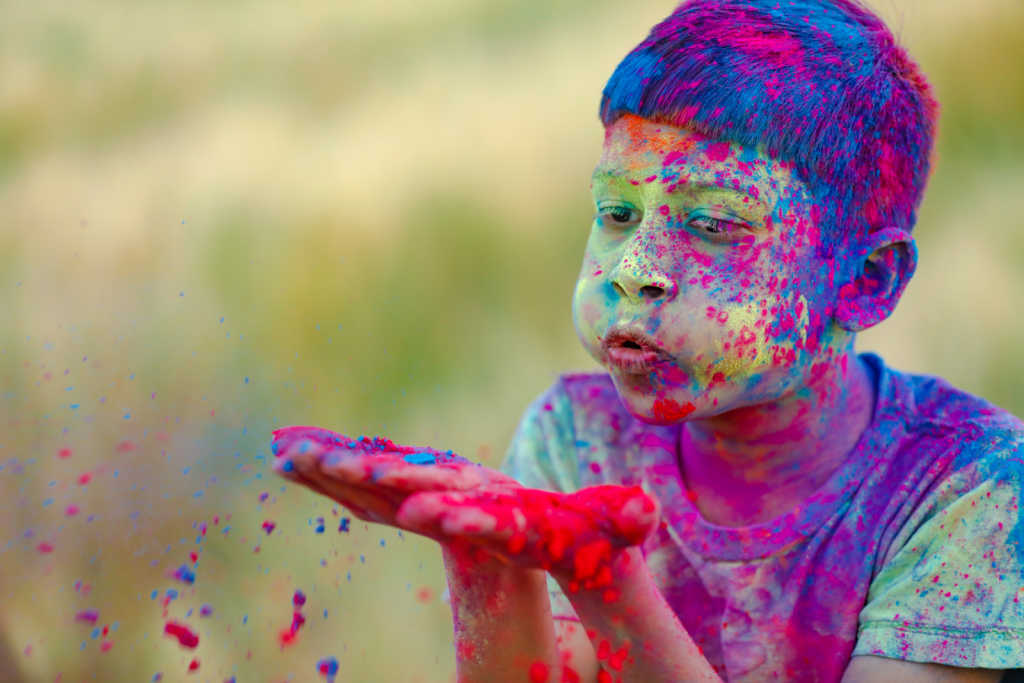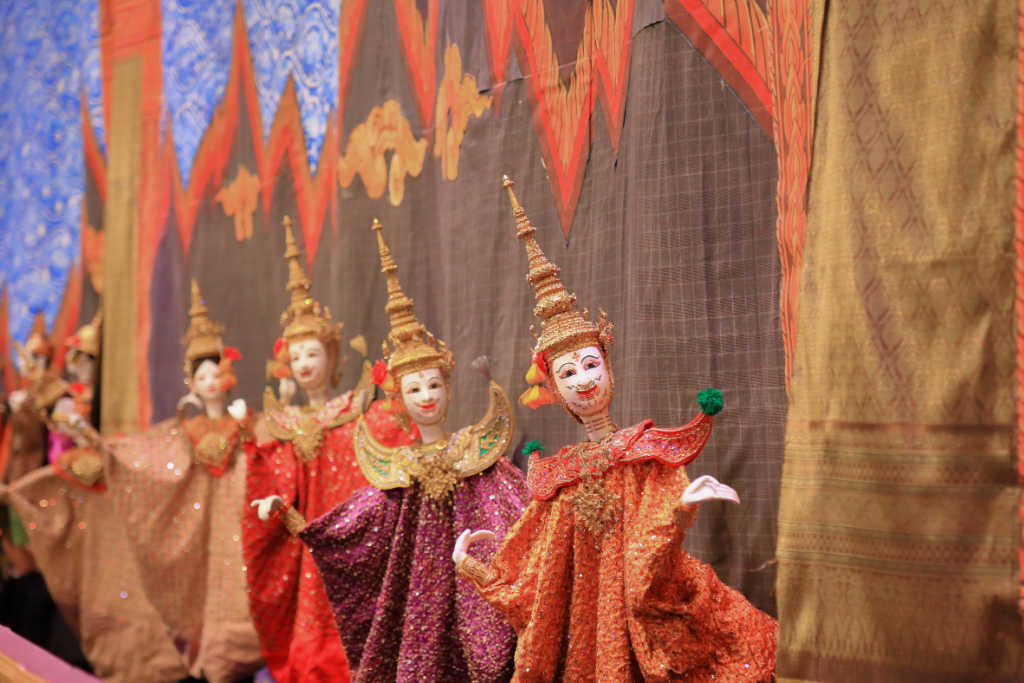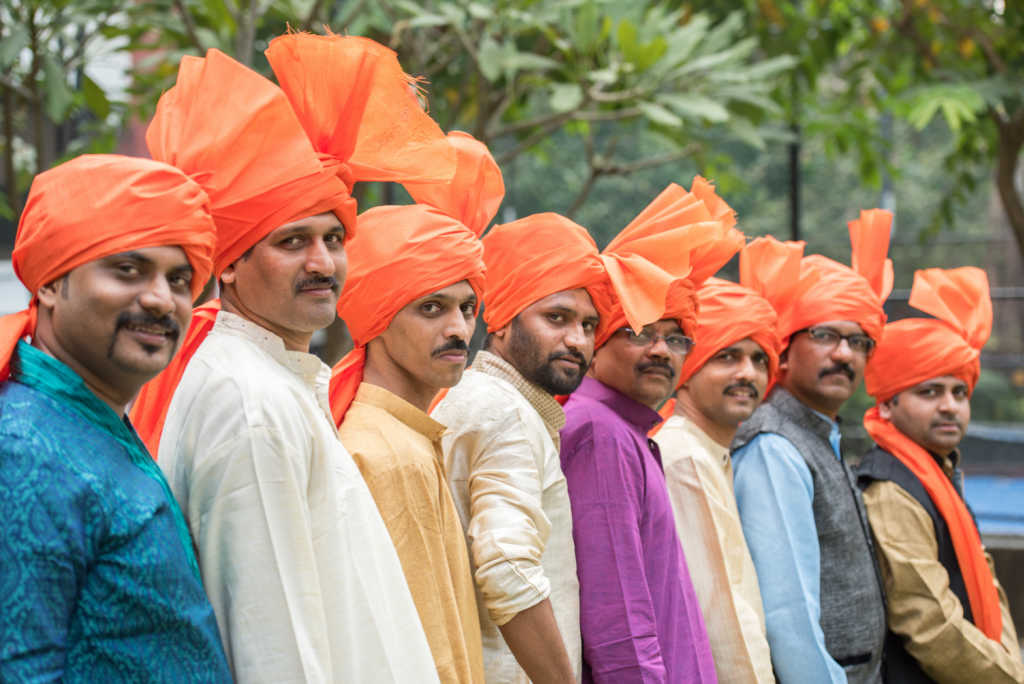The importance of Indian culture in the world is well known. India has a rich culture, ranging from religion to fashion, music to dance. From Carnatic to Hindustani, Indian culture has a lot to offer. Its unique blend of traditions and modernity is appreciated all over the world. Here are some of the highlights of Indian culture. Read on to learn more. What makes Indian culture so unique?
Festivals

There are many festivals in India, that celebrate various aspects of Indian culture. Some of these festivals are national, while others are religious in nature. In addition to religious festivals, there are art and music festivals in India. The Jaipur Literature Festival attracts intellectuals to the city, where writers present their work. The festival is also a lively celebration of folk dances. In addition to its religious significance, this festival is popular worldwide.
Carnatic music

The female Trinity of Carnatic music includes the great musicians Muthiah Bhagavathar, D.K. Pattammal, and M.L. Vasanthakumari. The male Trinity comprises Veena Subbanna, Ramanathan, and Maharajapuram Santhanam. The tradition of Carnatic music dates back to the 18th century. It is one of the most enduring and influential elements of Indian culture.
Hindustani music
Indian classical dances follow the codes of mythology, classic literature, and epics. Theatre is another important form of Indian culture, with folk theater prevailing in every city. Professional theatres can be found in big cities. Puppet shows have been popular in India for centuries, and they have been used to create awareness and instill moral values in children. Today, Indian culture is in danger of losing its popularity.
Puppet shows

Puppetry in India has a strong connection with actor theatre forms such as Sanskrit drama. Characters from Sanskrit drama often appear at the beginning of a puppet show under different names. Puppetry in India is characterized by an interweaving of text, song, rhythm, and movement, often involving a combination of aesthetic concepts such as rasa and bhava. Scholars believe that Sanskrit drama may have been the basis for the regional forms that are now commonly performed in local languages.
Religion

The Indian culture includes social norms, ethical values, traditional customs, beliefs and political systems, artifacts, and technologies. It is also reflected in its geography, including its connection to neighboring countries in South Asia and Southeast Asia. Regardless of its diverse geography, Indian culture remains intact. The country is also known for its dance, music, architecture, and food. A culturally diverse society, India continues to attract travelers and explorers from all over the world.
Art
Ancient Indian religions such as Jainism, Buddhism, and Sikhism influenced the art of the region. The emperors of the ancient Indian empires supported the arts. The Islamic and British eras brought influences from other countries to India, which resulted in new forms of Indian art. For example, the Harappan seals of early India have an astronomical significance, and fire altars played a major role in later temple architecture.
Cities
While visiting India, you should know that you will not have to worry about finding a floor to dance on. The people in India are generally very hospitable and go out of their way to make visitors feel welcome. They also take great pride in their religious beliefs and their deference to government and religious figures. Indian festivals include Holi, Diwali, and Guru Purab. You can also enjoy watching Indian classical dances.
